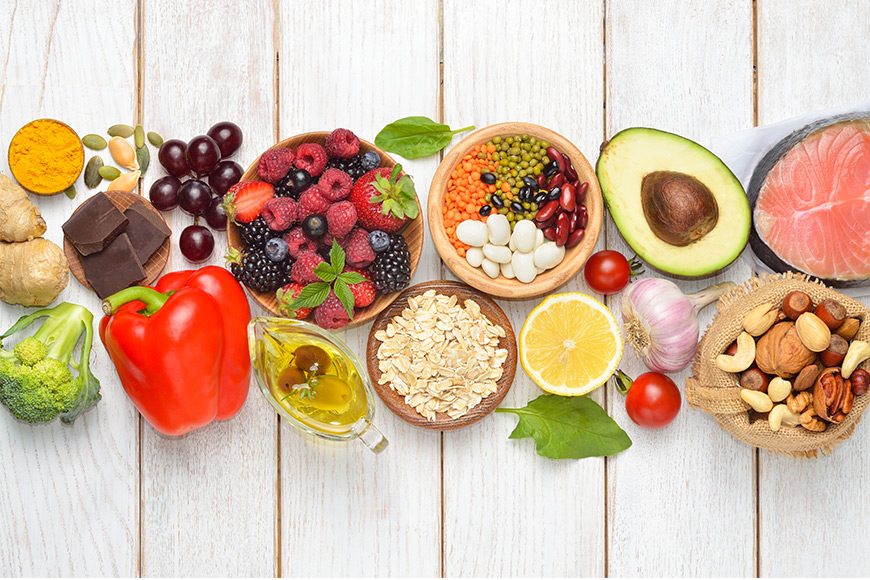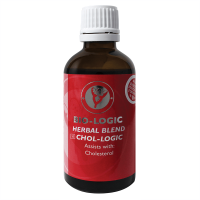Cholesterol Check
Heart disease, heart attacks and strokes, all very real possibilities for unchecked high cholesterol levels. Certain cholesterol naturally occurs in the body and all the cholesterol we need is produced by the liver. High cholesterol occurs when other factors are introduced, genes may affect our cholesterol to some extent, but most spikes in cholesterol levels come from the foods we eat (extremely high saturated fat and cholesterol), being overweight or leading an inactive lifestyle can all cause increased cholesterol levels.
High cholesterol leads to other eventualities, atherosclerosis for one, occurs when plaque builds up in the blood vessels, narrowing the vessels and increasing a person’s risk of heart attack or stroke. This process is facilitated by high levels of LDL (bad) cholesterol and is not a sudden occurrence. The buildup of plaque over many years poses more of a threat later on in life. Studies have shown a drastic increase in coronary disease after 50 years of age in men, and women around the mid-50 to 60 mark.
Understanding cholesterol can be tricky, with three main components that determine your overall cholesterol levels. First, we have triglycerides, this is a type of lipid fat that is found in the blood. Any calories you consume that are not used immediately are transformed by the body into triglycerides and are stored in fat cells to be utilised by the body later as a source of energy.
Next we have the good guys, HDL cholesterol or High-Density Lipoprotein which helps filter out other types of cholesterol from the blood. Having high levels of HDL cholesterol can substantially decrease your risk of heart disease.
We can’t have good guys without bad guys. The one you really need to watch are your LDL cholesterol levels. LDL stands for Low-Density Lipoprotein, which makes up most of the body’s cholesterol. High levels of LDL cholesterol is what leads to atherosclerosis (plaque buildup).
Even though each element of cholesterol is so different they all work together to determine your overall cholesterol levels. The Heart & Stroke Foundation recommend that adults have an initial test over the age of 20 (young adulthood) and thereafter retest every few years. It is recommended that any serious problems be closely monitored by a doctor.
However, it is not completely out of your control, there are changes you can implement to lower your cholesterol. Apart from exercising and maintaining a healthy weight, we suggest some easy and fun diet changes.
Harvard Health identified 5 foods that lower LDL cholesterol in the body:
Oats – A great source of soluble fibre and perfect for weight loss and improving cholesterol levels
Beans – Another great source of soluble fibre, they are great for weight loss to improve cholesterol and make you feel fuller for longer.
Nuts – Eating a small serving of nuts daily has proven to lower LDL cholesterol by as much as 5%, while having a host of other benefits.
Fatty fish – Fish contains omega 3, approximately three servings a week lowers LDL cholesterol levels and reduces triglycerides in your blood.
Plant based foods (stanols and sterols) – This helps prevent cholesterol from being absorbed and ensures that arteries aren’t clogged. Experts recommend three servings per day.
Our favourite for lowering cholesterol naturally is Phyto-Force Chol-Logic 50ml herbal blend tincture. Infused with ingredients like Ginkgo, Cayenne, Tansy, Dandelion and Hawthorn Berries to help lower cholesterol. Using Chol-Logic combined with a cholesterol-lowering diet is the best way to effectively lower and manage your cholesterol levels.




